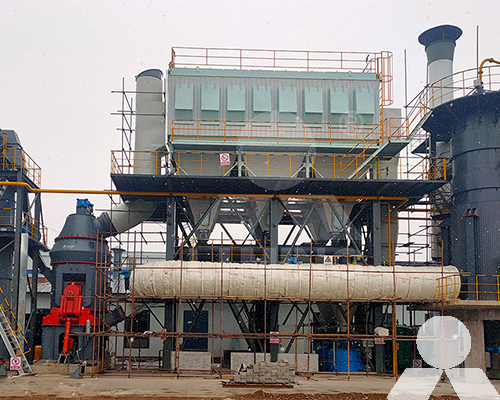Grinding Mill For EAF slag Metal Recovery
Electric furnace slag is a byproduct generated during the process of melting metals in electric furnaces. This slag contains valuable metals that can be recovered and recycled, contributing to both environmental sustainability and economic benefits. One effective method to recover these metals from electric furnace slag is by utilizing a grinding mill. In this article, we will delve into the role of grinding mills in the recovery of metals from electric furnace slag.

The Role of Grinding Mills: Grinding mills play a pivotal role in the metal recovery process from electric furnace slag. These machines are designed to crush and grind the slag into finer particles, which enhances the liberation of valuable metals encapsulated within the slag matrix. The grinding action not only reduces the particle size but also increases the surface area, making it easier for subsequent chemical or physical processes to extract the metals.
Mechanism of Grinding: Grinding mills employ various mechanisms to break down the slag into smaller particles. The most common types of grinding mills used for slag metal recovery include ball mills, rod mills, and vertical roller mills. In these mills, the slag is fed into the rotating drum or between rollers, and as the mill rotates, the grinding media crushes the slag particles. The impact and friction generated during grinding lead to the disintegration of the slag, exposing the metal particles.
Increased Recovery Rates: The increased surface area resulting from grinding leads to higher recovery rates of valuable metals, ultimately maximizing the efficiency of the metal recovery process.
Resource Efficiency: By recovering metals from electric furnace slag, grinding mills contribute to the efficient utilization of resources and reduce the need for primary raw materials.
Recovery Techniques after Grinding: Once the slag has been ground to an appropriate particle size, various recovery techniques can be employed to extract the valuable metals. These techniques include magnetic separation, flotation, and leaching. The choice of technique depends on the specific properties of the slag and the target metals.
Grinding mills play a crucial role in the recovery of valuable metals from electric furnace slag. These machines not only break down the slag into smaller particles but also increase the surface area, facilitating efficient metal recovery. The utilization of grinding mills for metal recovery promotes sustainable practices by recycling valuable resources and reducing the environmental impact of metal production. As technology continues to advance, further innovations in grinding techniques may lead to even more efficient metal recovery processes in the future.









